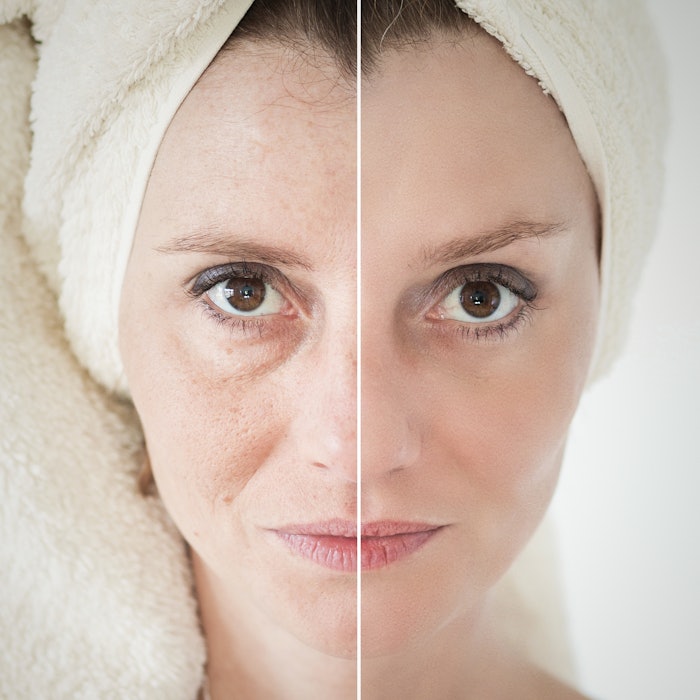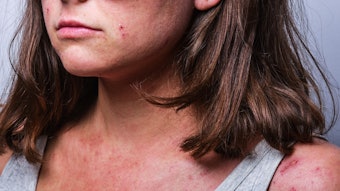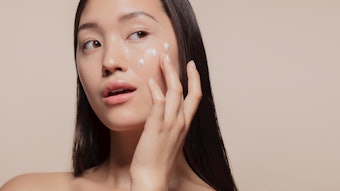
A research team with LG Household & Health Care in Seoul, Korea, have developed and validated a novel facial glycation imaging system (FGIS) for assessing the skin glycation index (SGI) in facial skin. They believe the device will be a valuable tool for studies on skin aging and anti-glycation cosmetic products.
Related: Sugar Attack! The Damaging Effects of Skin Glycation
The FGIS includes illumination (white light-emitting diode, ultraviolet light-emitting diode) and image acquisition modules to capture face images. An image analysis algorithm was then used to calculate advanced glycation end product (AGE)–related autofluorescence and total skin reflectance and obtain the SGI.
To validate the device, they performed a study that included 36 healthy Korean women, which was published in the Journal of Cosmetic Dermatology (September 2021). The women were between 20-59 years (five subjects, aged 20-29 years; eight, 30-39 years; 13, 40-49 years; and 10, 50-59 years.)
Related: Almond Consumption Improves Photoaging of Skin
The illumination module of the device features white light-emitting diode (LED) and UV LED light sources; a 365 nm short pass filter (Ruisen Optics, CN) was mounted in front of the UV LED light sources to specifically excite skin AGEs, such as pentosidine.
The SGI was analyzed by empirical optimization using a correlation factor between the average intensity of the AGE-related autofluorescence light from the skin (IAF) and the average intensity of the total reflected light from the skin (IR) in the healthy nondiabetic subjects.
Related: Ultrasound Patterns Identify Previous Filler Treatment
The facial glycation imaging system was validated against a volar forearm skin autofluorescence measurement device (AGE Reader mu) with forearm skin glycation index (R = 0.64, P < .01). Cheek elasticity was negatively correlated with cheek skin glycation index (R = −0.56, R = −0.57, and R = −0.61, P < .01 for R2, R5, and R7, respectively). Age was significantly correlated with forearm skin glycation index (R = 0.44, P < .01) and cheek skin glycation index (R = 0.48, P < .01).
The authors note that these results show that AGEs are likely to have a significant correlation with improving skin elasticity and that the FGIS device can be useful to clarify the in situ degradation of AGEs in the clinical assessment of anti-glycation cosmetics.











